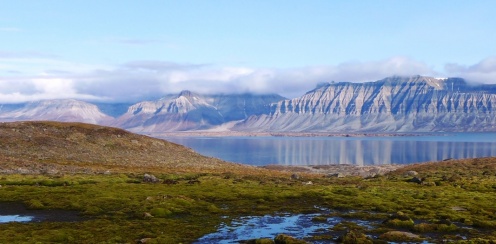 En groupe
En groupe
Le spécialiste des voyages au Spitzberg
Expert du voyage nature & aventure
Les incontournables
Pourquoi choisir de voyager avec Altaï Svalbard ?
4 bonnes raisons de choisir Altaï Svalbard pour un voyage inoubliable :
Notre communauté
Altaï Svalbard fait partie d'Altaï Travel : la communauté des voyageurs, experts locaux & populations qui s'efforce de promouvoir un tourisme positif et durable où chaque acteur s'enrichit au contact des autres.
Dans plus de 25 destinations, nos experts locaux construisent avec nos voyageurs des expériences où liberté, nature, rencontres et plaisir sont les maîtres-mots.
Cliquez sur chaque pays en couleur pour découvrir nos autres agences locales !
Sélectionnez chaque pays dans la liste pour découvrir nos autres agences locales !
QUI SOMMES-NOUS ?
Notre expertise nous a conduit à proposer des voyages parfaitement adaptés à cette nature sauvage : kayak de mer, treks et randonnées, des raids à ski ou en raquette.












